This time we decided to tackle the Wyoming BDR or Back Country Discovery Route in the USA. This route covers western Wyoming from south to north and we rode it over 7 days with a rest day on the 4th of July to partake in the festivities that the small town of Lander Wyoming has, to include a parade, old west rodeo with huge fireworks show in the night.
The route starts in the south of Wyoming in the small town of Baggs. From there you ride north through sage and aspen filled forest. It’s an interesting place because Wyoming is the least populated state in the USA, less than all others including Alaska and Hawaii. Making this BDR route fun and interesting because you won’t be running into very many people, more likely you will see other riders out riding the BDR itself. The BDR organization does a good job of building routes that take you off the main roads and get into the forest and mountains.
There are several different routes you can choose based on your riding ability; they have some “expert” sections which have go arounds should you not want to tackle them. Most of the route is two lane or one lane dirt roads and forest tracks riding through either USFS land or BLM land. Making this route open to the public for all riders to explore. Gas is equally spaced and just one section you may have to buy fuel in the tiny town of Atlantic city. This old mining town with a population of around 50 people has gas, 2 restaurants and 2 bars. While you can get gas here you can expect to pay double the normal cost as it’s not easy to get out there in the desert.
If it rains you can have a lot of trouble as many roads in this area of Wyoming are filled with bentonite and make the mud thick and heavy and it sticks to everything.
Clogs tires and any moto with a low fender will get stopped in its track if it rains and you’re riding a bentonite mud section, it will clog the tire so bad it will stop spinning against the low fender. It’s a real mess and should be avoided at all costs. If it rains just wait it out and let it dry for a day, the wind and sun will make short work of it, and you won’t have a stuck bike or worse. I suggest all who venture on this route build in an extra day in case you get hit with a rainstorm. Which are very common in Wyoming.
The route ends on a short out and back road that takes you from WY Route 14A to the edge of the Crow Indian Reservation on the Montana state line. At that point you will have finished and must turn around and head back to 14A, that is unless you’re a Crow Native then you’re able to go on Reservation Land. After you finish the ride down from the Bighorn Mountains along 14A towards the west is quite impressive and was a highlight for me to end on such a cool paved road.
How did we get our equipment and where did we base out of? We based the ride out of Lander Wyoming as it is the dead middle of the route, and it’s a cool town with lots to do. We rented our bikes from Moto Wyoming*. Fully equipped KLR650s which were the near perfect bike for this route as it’s mostly a slower ride and the sections require that tractor like ability the KLR has. Rolling over rocks, roots and through mud with ease. I recommend Moto Wyoming for a lot of reasons but the bikes really were the correct tool for this route.
*motowyoming.com
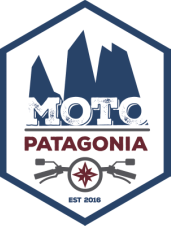




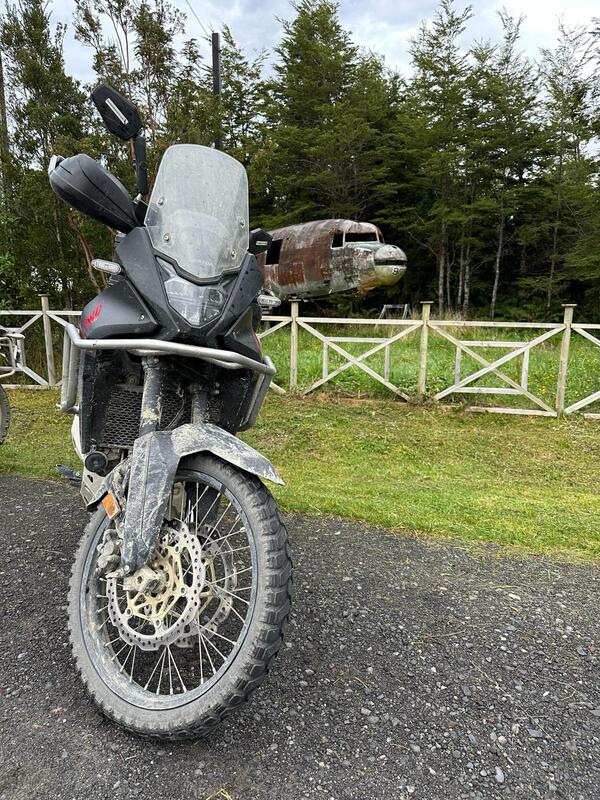

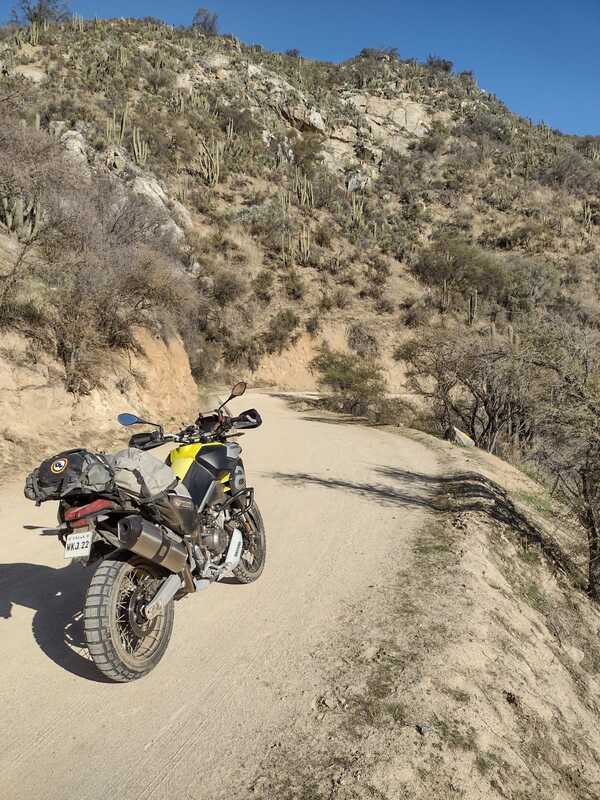
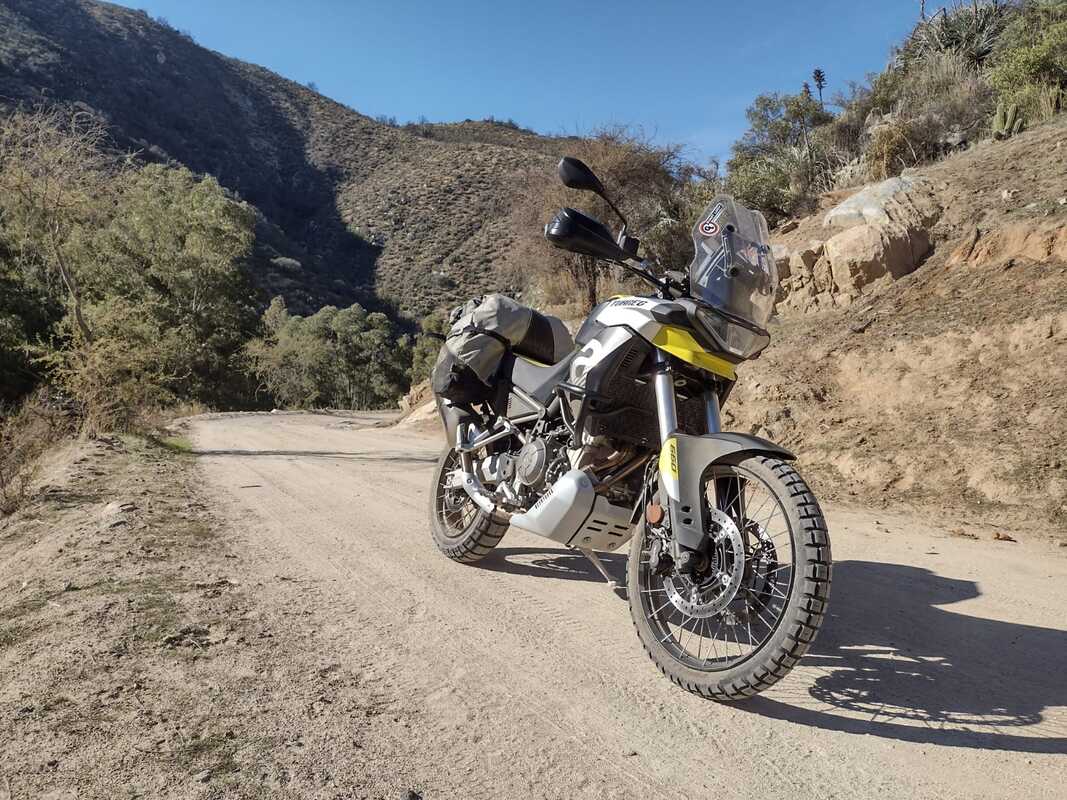
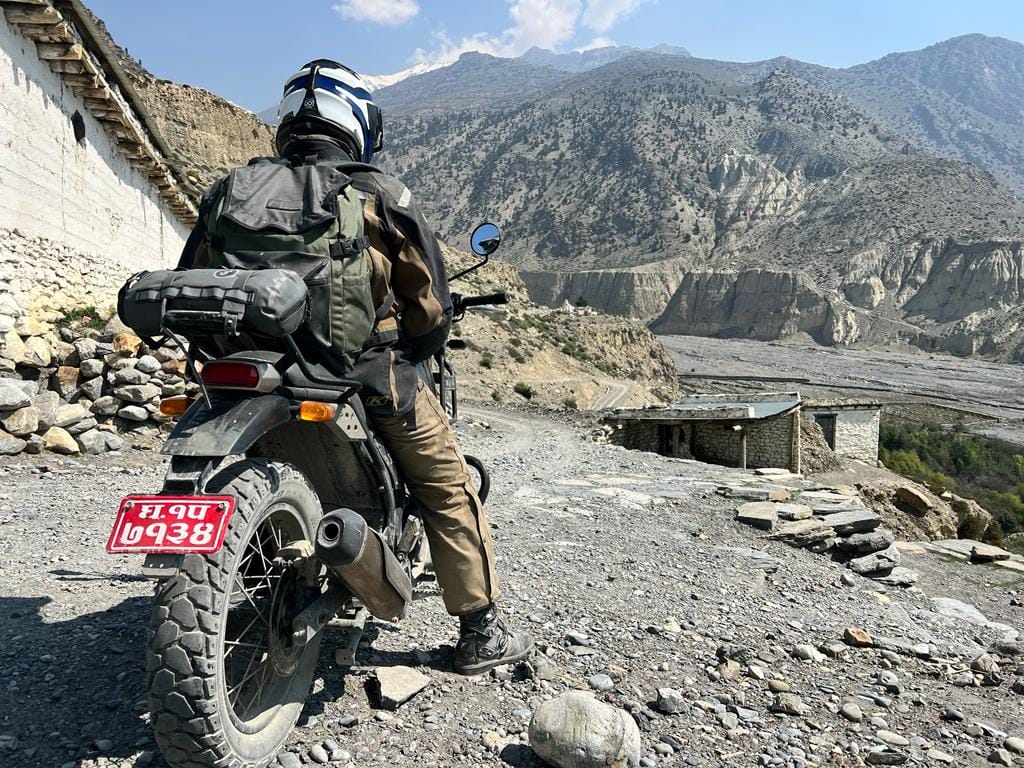
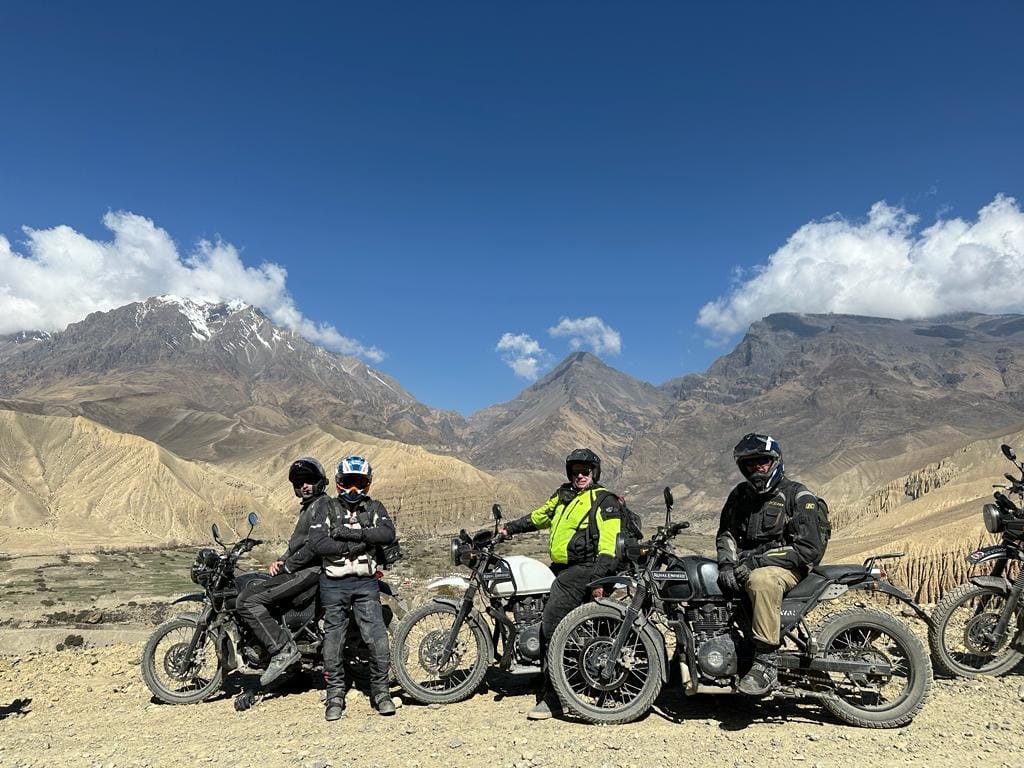
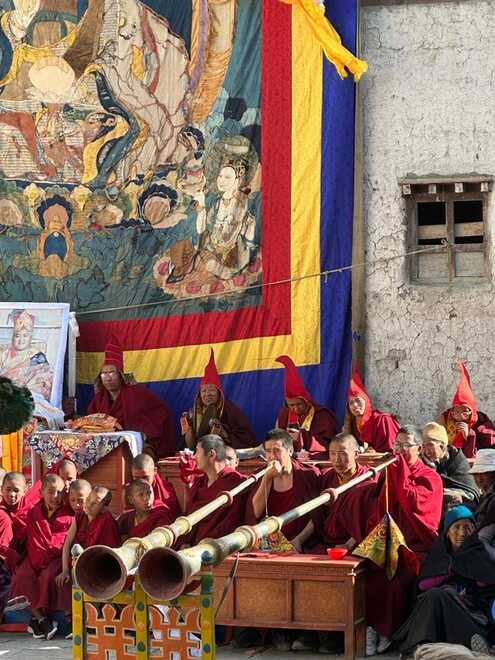
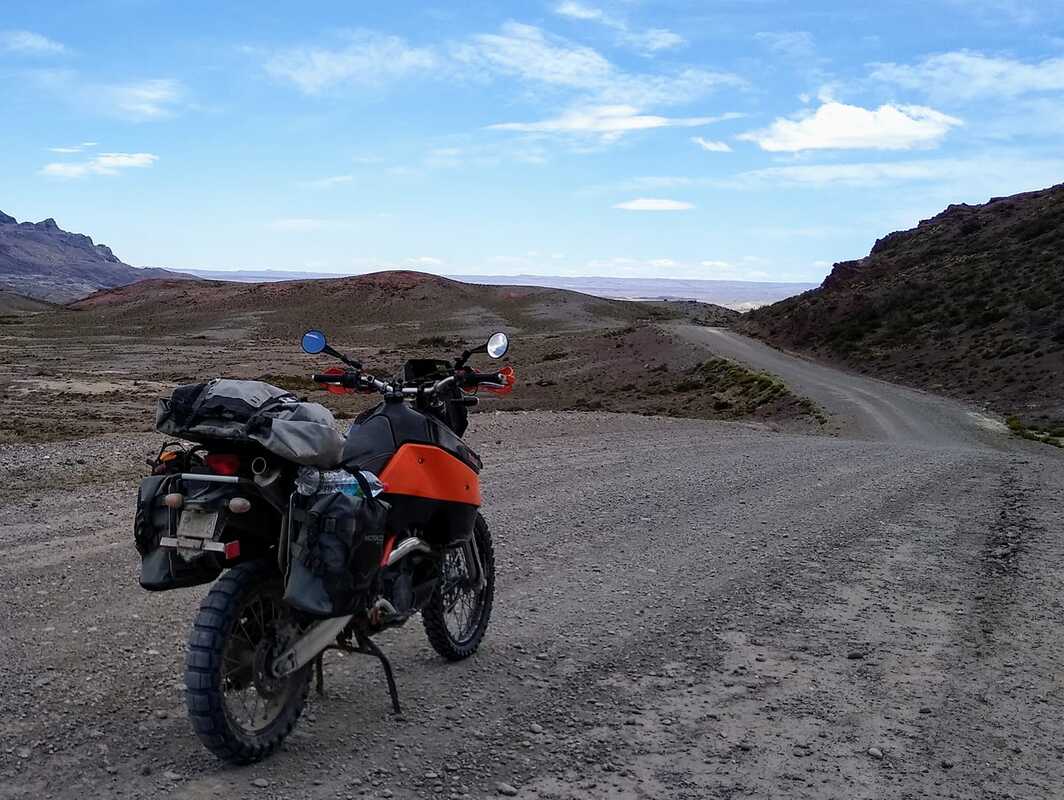
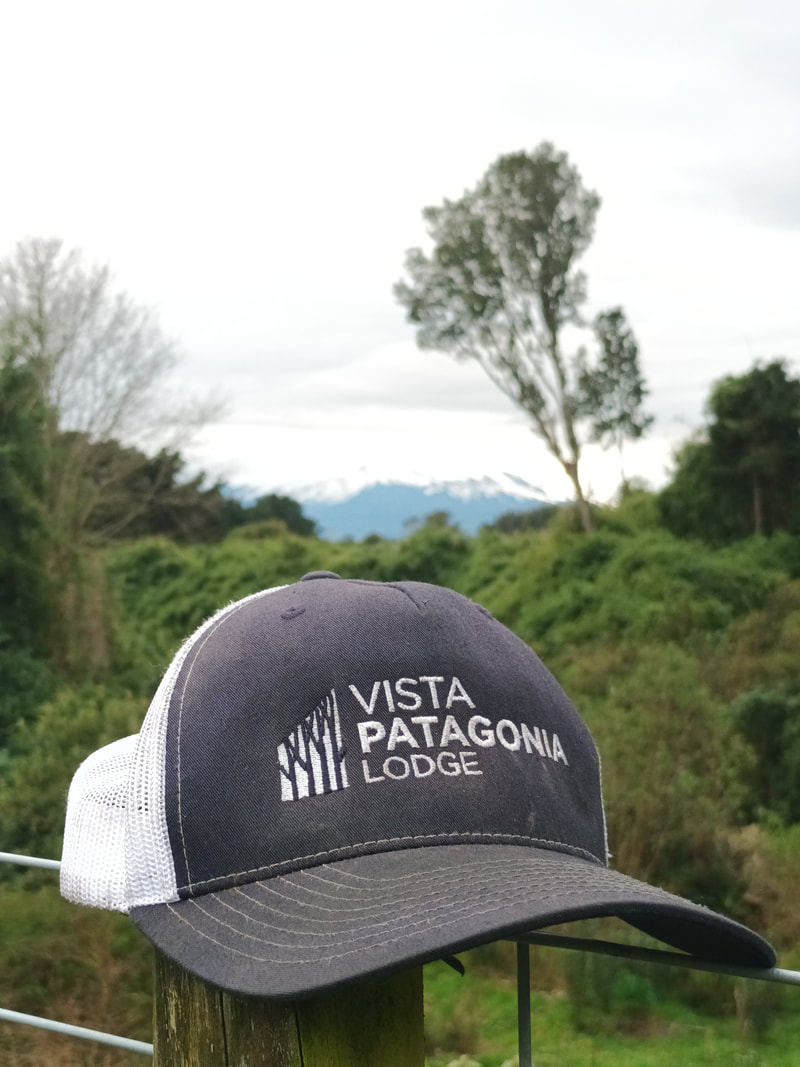
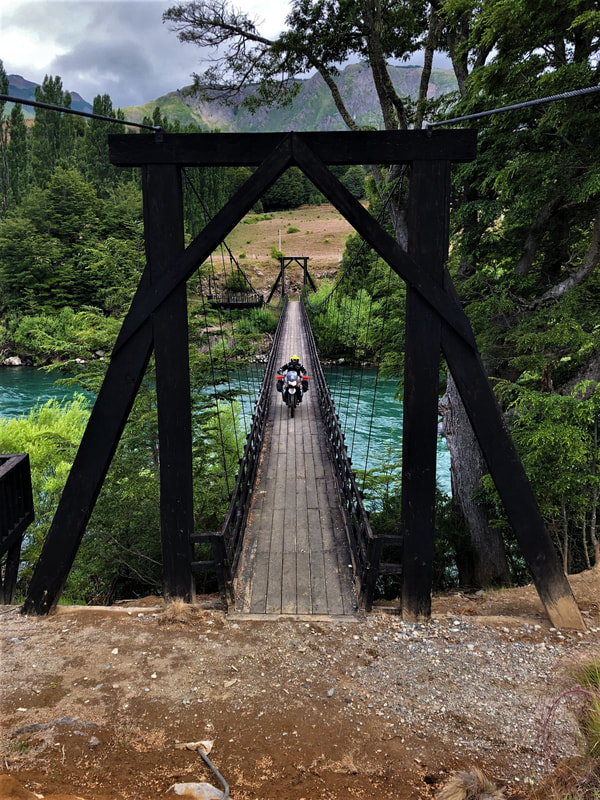
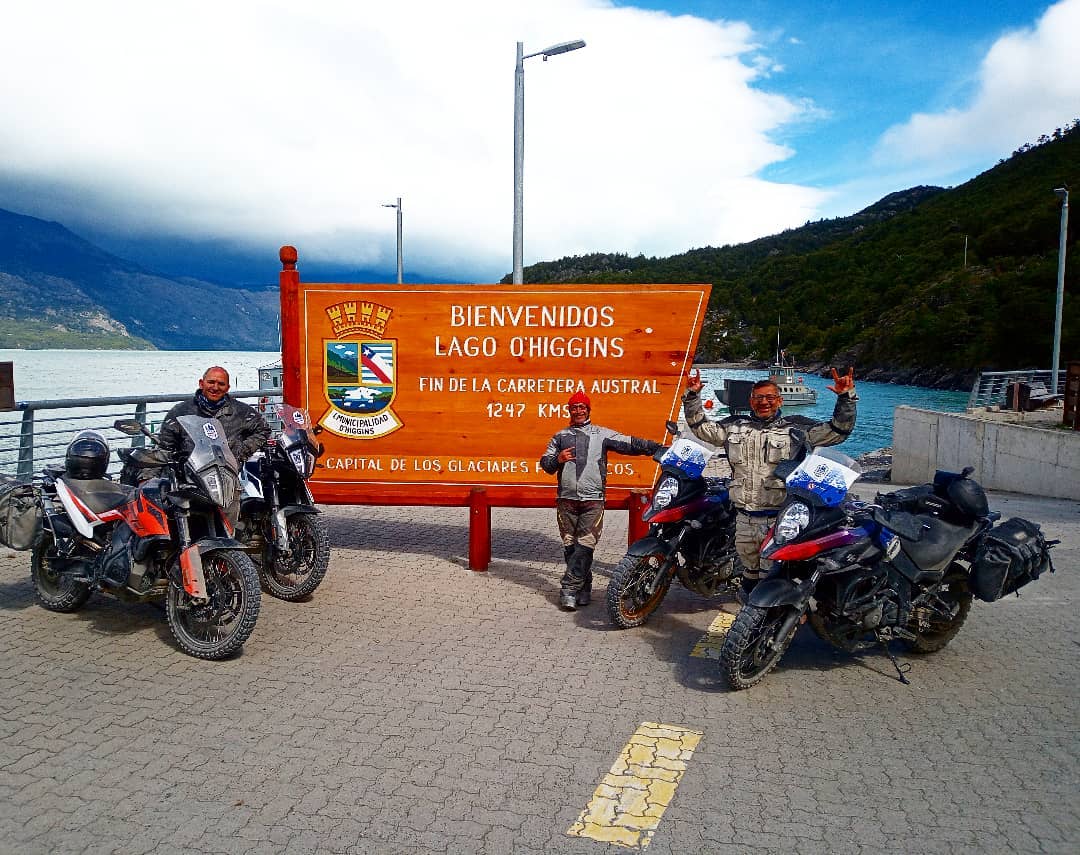
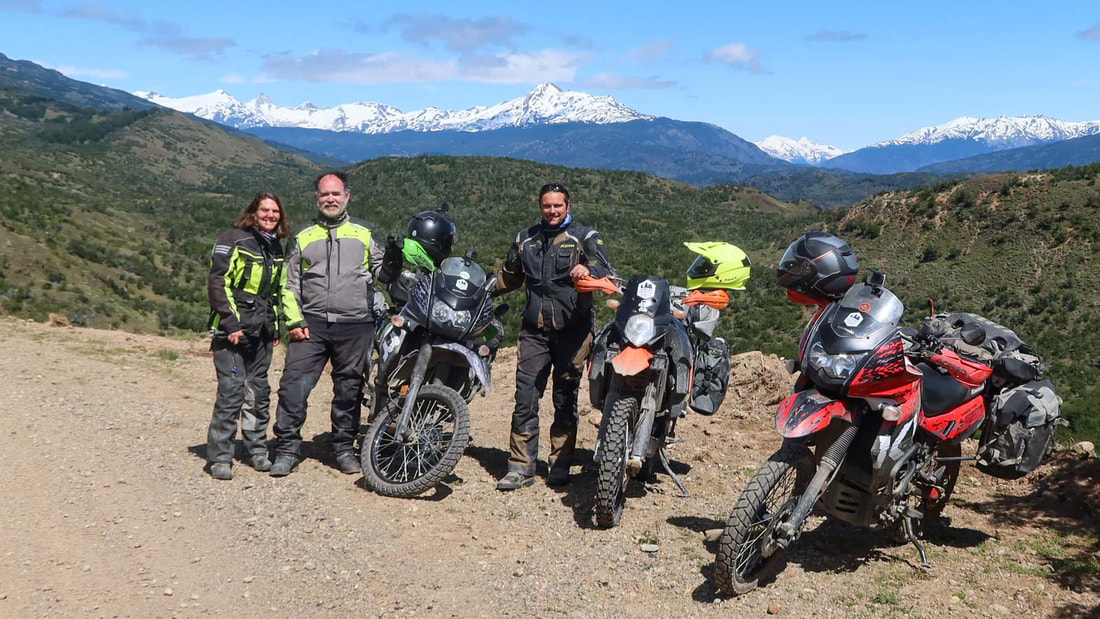
 RSS Feed
RSS Feed



